Memori pi patris carrissimi quoque et matris dulcissim
hunc libellum filius indignus dedicat in cordibus Jesu et Mari.

The Death of Christian Culture.
Copyright 2008 IHS Press.
First published in 1978 by Arlington House in New Rochelle, New York.
Preface, footnotes, typesetting, layout, and cover design copyright 2008 IHS Press. Content of the work is copyright Senior Family Ink.
All rights reserved.
Portions of chapter 2 originally appeared in University of Wyoming Publications 25(3), 1961; chapter 6 in Gary Tate, ed., Reflections on High School English (Tulsa, Okla.: University of Tulsa Press, 1966); and chapter 7 in the Journal of the Kansas Bar Association 39, Winter 1970.
No portion of this work may be reproduced in any form or by any electronic or mechanical means, including information storage and retrieval systems, without permission in writing from the publisher, except by a reviewer who may quote brief passages in a review, or except in cases where rights to content reproduced herein is retained by its original author or other rights holder, and further reproduction is subject to permission otherwise granted thereby according to applicable agreements and laws.
ISBN-13 (eBook): 978-1-932528-51-0
ISBN-10 (eBook): 1-932528-51-2
Library of Congress Cataloging-in-Publication Data
Senior, John, 1923
The death of Christian culture / John Senior; foreword by Andrew Senior; introduction by David Allen White.
p. cm.
Originally published: New Rochelle, N.Y. : Arlington House, c1978.
ISBN-13: 978-1-932528-51-0
1. Civilization, Christian. 2. Christianity20th century. I. Title.
BR115.C5S46 2008
261.5dc22
2007039625
IHS Press is the only publisher dedicated exclusively to the social teachings of the Catholic Church.
| For more information, contact: | IHS Press
222 W. 21 st St., Suite F-122
Norfolk, VA 23517
www.ihspress.com
877-IHS-PRESS (877.447.7737) |
Table of Contents
F OREWORD
Andrew Senior
I NTRODUCTION
David Allen White, Ph.D.
It is said that Christianity, if it is to survive, must face the modern world, must come to terms with the way things are in the sense of the current drift of things. It is just the other way around: If we are to survive, we must face Christianity. The strongest reactionary force impeding progress is the cult of progress itself, which, cutting us off from our roots, makes growth impossible and choice unnecessary. We expire in the lazy, utterly helpless drift, the spongy warmth of an absolute uncertainty. Where nothing is ever true, or right or wrong, there are no problems; where life is meaningless we are free from responsibility, the way a slave or scavenger is free. Futility breeds carelessness, against which stands the stark alternative: against the radical uncertainty by which modern man has lived as in a game of Russian roulette, stifled in the careless now between the click and the explosion, living by the dull grace of empty chambers the risk of certainty.
John Senior, Ph.D.
Foreword
O night more lovely than the dawn .
St. John of the Cross
 OW QUAINT IT SEEMS TO LOOK BACK NOW AT 1941 . So begins chapter eight of this book. First published in 1978, that was looking back thirty-seven years. How strange it seems to look back now at 1978, looking back thirty years. Quaint is not the right word. This book is not just a record and analysis of the times in which in was written, but a prophetic witness; it not only survived, but lived beyond those turbulent times.
OW QUAINT IT SEEMS TO LOOK BACK NOW AT 1941 . So begins chapter eight of this book. First published in 1978, that was looking back thirty-seven years. How strange it seems to look back now at 1978, looking back thirty years. Quaint is not the right word. This book is not just a record and analysis of the times in which in was written, but a prophetic witness; it not only survived, but lived beyond those turbulent times.
This detailed explication of the decline of Christian culture, with such literary, historical, and above all philosophical erudition and insight is sobering in its diagnosis, but it is delightful and inspiring in its prognosis and prescription. The decline has continued and worsened seriously, yet somehow a small group of merry Chaucerian pilgrims has managed to survive, and this book has been one of the lanterns they have held along the way, one of the little lights in the gathering gloom, a few fragments shored up against ruin, an Ariadnes thread through the labyrinth of the modern world.
The printing of this new edition is the cause of great delight and renewed hope that all is not yet lost. The fact that there has been so much interest in and finally a demand for it is itself a sign of the efficacious nature of this work. It is hoped that this book will provide a vision of Christian culture, and light the way for yet another generation.
My fathers whole life may be said to have been devoted to the stars, and to the love which moves them. If this book has no other effect, may it at the very least move the reader to go out and enjoy what Aristotle and all the ancients call the primary experience of wonder: gazing at the stars. If engaged in honestly and genuinely, this will lead to the love that moves the stars. At his funeral Mass, Fr. Angls said, He is still speaking to us, through his family, his friends, and followers. He is still speaking to us through his works. And he concluded by saying: His name is written in the stars.
Andrew Senior
November 24, 2007
St. John of the Cross

Introduction
It is easier to destroy than to construct .
T. S. Eliot
 N MAY 21, 1972, LAZSLO TOTH, AN AUSTRALIAN GEOLOGIST of Hungarian birth attacked Michelangelos sculpture of the Piet in St. Peters Basilica in Rome. As he raced at the statue with a hammer in his raised arm he proclaimed, I am Jesus Christ risen from the dead. When he had finished his assault on the marble, he had broken off the Virgins arm at the elbow, taken a large piece off one of her eyelids and shattered her nose. No charges were ever brought against him, for, as horrified as the world claimed to be, the authorities were convinced only a madman would commit such an act. He spent two years in an Italian psychiatric hospital and then was released and deported to Melbourne, Australia, where he is believed to reside to this day.
N MAY 21, 1972, LAZSLO TOTH, AN AUSTRALIAN GEOLOGIST of Hungarian birth attacked Michelangelos sculpture of the Piet in St. Peters Basilica in Rome. As he raced at the statue with a hammer in his raised arm he proclaimed, I am Jesus Christ risen from the dead. When he had finished his assault on the marble, he had broken off the Virgins arm at the elbow, taken a large piece off one of her eyelids and shattered her nose. No charges were ever brought against him, for, as horrified as the world claimed to be, the authorities were convinced only a madman would commit such an act. He spent two years in an Italian psychiatric hospital and then was released and deported to Melbourne, Australia, where he is believed to reside to this day.
This single act contains within it all of the madness of recent centuries a belief by man that he has become God, an assertion of the primacy of the individual will, a burning anger at the glories of the past and the beautiful art that embodies them, an attempt to remove the Blessed Virgin and Mother from her central place in Gods plan for mans redemption, a lack of respect for the sacred sanctuary, and an assumption of innocence toward all the destroyers. Ironically, had not the same Holy Basilica recently seen the working of the Second Vatican Council and the institution of a new man-made, committee-constructed worship service? More than one individual seems to have wielded hammers against the glories of the Catholic Churchs traditions as well as against her essential God-given liturgy of sacrifice and worship.
The destruction of Christian culture has been ongoing for centuries and the Laszlo Toths have been too numerous and too highly praised to deserve enumeration or name. The exhilaration of destruction has blown the barque of mankind down the river of pride to the falls of oblivion for decade after decade. Few voices have raised objections or tried to alert the passengers to the roar of destruction awaiting the vessel. Those who have will one day be appropriately honored; one name on that short list will be Dr. John Senior a Catholic man in an age of apostasy and a great teacher in a time of arrogant ignorance.

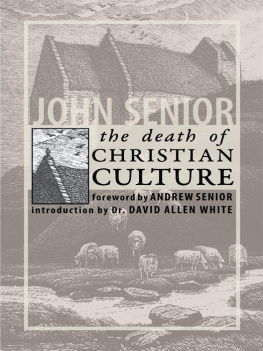
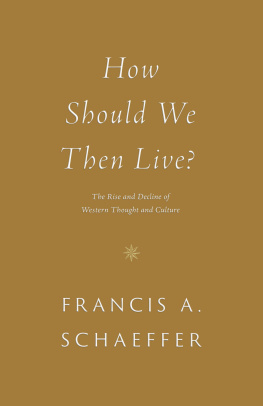

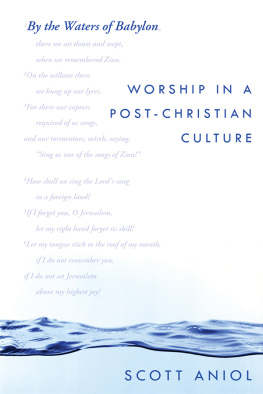
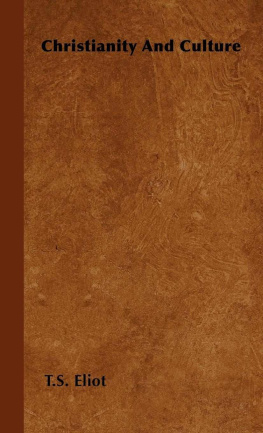
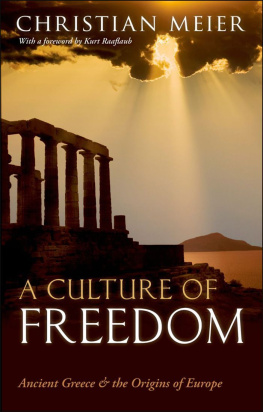
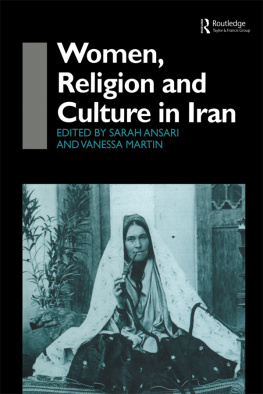
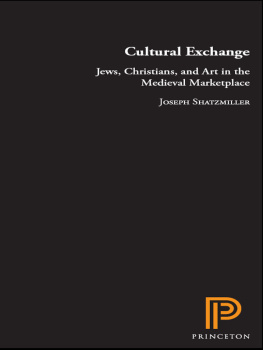

 OW QUAINT IT SEEMS TO LOOK BACK NOW AT 1941 . So begins chapter eight of this book. First published in 1978, that was looking back thirty-seven years. How strange it seems to look back now at 1978, looking back thirty years. Quaint is not the right word. This book is not just a record and analysis of the times in which in was written, but a prophetic witness; it not only survived, but lived beyond those turbulent times.
OW QUAINT IT SEEMS TO LOOK BACK NOW AT 1941 . So begins chapter eight of this book. First published in 1978, that was looking back thirty-seven years. How strange it seems to look back now at 1978, looking back thirty years. Quaint is not the right word. This book is not just a record and analysis of the times in which in was written, but a prophetic witness; it not only survived, but lived beyond those turbulent times.
 N MAY 21, 1972, LAZSLO TOTH, AN AUSTRALIAN GEOLOGIST of Hungarian birth attacked Michelangelos sculpture of the Piet in St. Peters Basilica in Rome. As he raced at the statue with a hammer in his raised arm he proclaimed, I am Jesus Christ risen from the dead. When he had finished his assault on the marble, he had broken off the Virgins arm at the elbow, taken a large piece off one of her eyelids and shattered her nose. No charges were ever brought against him, for, as horrified as the world claimed to be, the authorities were convinced only a madman would commit such an act. He spent two years in an Italian psychiatric hospital and then was released and deported to Melbourne, Australia, where he is believed to reside to this day.
N MAY 21, 1972, LAZSLO TOTH, AN AUSTRALIAN GEOLOGIST of Hungarian birth attacked Michelangelos sculpture of the Piet in St. Peters Basilica in Rome. As he raced at the statue with a hammer in his raised arm he proclaimed, I am Jesus Christ risen from the dead. When he had finished his assault on the marble, he had broken off the Virgins arm at the elbow, taken a large piece off one of her eyelids and shattered her nose. No charges were ever brought against him, for, as horrified as the world claimed to be, the authorities were convinced only a madman would commit such an act. He spent two years in an Italian psychiatric hospital and then was released and deported to Melbourne, Australia, where he is believed to reside to this day.